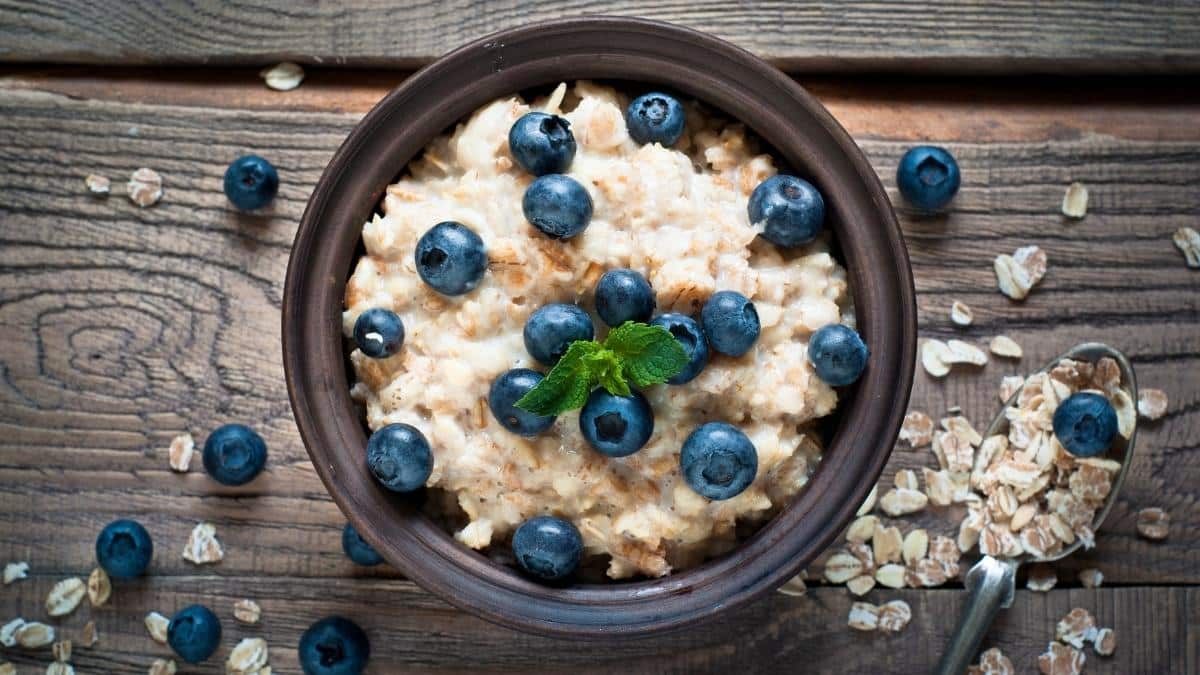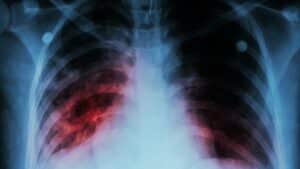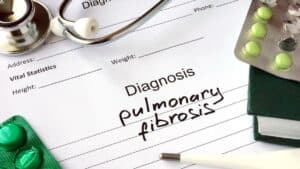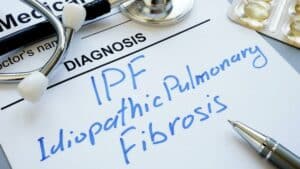Pulmonary fibrosis is a condition in which your lung tissue becomes scarred, making it difficult to breathe.
While smoking cigarettes or environmental irritants can increase the likelihood of developing the disease, in most cases, the cause is unknown. Symptoms vary from person to person, but often include the following: coughing, weakness, fatigue, achy joints and weight loss.
A healthy diet, however, may help people with pulmonary fibrosis combat the severity of symptoms.
Let’s take a look at some key elements to creating a pulmonary fibrosis diet.
Creating a Pulmonary Fibrosis Diet
Key elements of a healthy diet include a variety of fruits and vegetables, whole grains, fat-free or low fat dairy products and lean protein, such as poultry without skin, seafood, processed soy products, nuts, seeds, beans and peas.
A healthy diet is also low in sodium, added sugars, trans and/or saturated fats and refined grains, which lose many of their nutrients through processing.
You also may want to consider eating several smaller meals a day rather than three larger ones. Having a full belly can make it harder to breathe, so eating smaller meals that don’t fill you up can set you up for success.
For more information on portion control and a variety of foods to incorporate into each meal, visit MyPlate.gov.
Fruits and Vegetables
Fruits and vegetables are rich in antioxidants, which helps your body protect itself against disease and infection and support your immune system.
Additionally, researchers at the University of Maryland Medical Center found that antioxidants may reduce symptoms of gastroesophageal reflux disease, or GERD, which is common among people with pulmonary fibrosis and can actually cause the disease to worsen.
Try these options:
- berries
- cherries
- kiwi
- cantaloupe
- leafy greens
- broccoli
- Brussel sprouts
- cabbage
- squash
- carrots
- bell peppers
Whole Grains
Foods rich in carbohydrates are important for giving us energy. However, not all carbohydrates are the same. When it comes to breads, whole grains are the best option.
Breads that aren’t whole grain are called refined grains and have had much of the nutrients stripped from them. As a result, refined grains can disrupt your blood sugar and energy levels.
Try these options:
- 100 percent whole grain breads and cereals
- brown rice
- wild rice
- whole quinoa
- pearled barley
- old-fashioned oatmeal
- air-popped popcorn
Dairy Products
Dairy products are great sources of calcium, protein and vitamin D.
However, whole milk products contain large amounts of saturated fats, which is not good for a pulmonary fibrosis diet. Choosing skim and low-fat varieties are a great way to get the good benefits of dairy without the bad.
Additionally, if you’re struggling with unintentional weight loss, you can replace water with milk in foods such as oatmeal, soups and smoothies to take in more calories.
If you can’t tolerate or are not a fan of dairy, you can enjoy soy, cashew or almond milk to obtain similar benefits.
Try these options:
- kefir (also rich in probiotics, which aid in digestion)
- skim milk
- part-skim cheese
- greek yogurt
- non-dairy options such as almond milk or soy milk
- veggie cheese
Protein
Nuts and seeds are an excellent source of protein, and they are also high in nutrients and calories. They are a great choice for a pulmonary fibrosis diet because they can help to combat weight loss.
Nuts and seeds make for a healthy snack and are a great alternative to unhealthy choices such as potato chips.
Try these options:
- walnuts
- flaxseeds
- chia seeds
- almonds
Sticking with Your Pulmonary Fibrosis Diet
When starting a new pulmonary fibrosis diet plan, the key is keeping an open mind and staying positive. Relaxation techniques such as meditation or breathing exercises can help calm your mind if you start to feel overwhelmed.
Remember, the key to making any long-lasting change is starting slow and making small changes. Maybe you will start by making one change, such as eating berries for breakfast instead of waffles or cereal.
Next, try switching out any white bread in the home for whole grain or sprouted bread. Small changes are what lead to great success over time.
Always consult with your doctor before making any diet changes to find the best options for you.

Christine Kingsley, APRN is the Health and Wellness Director at the Lung Institute where she focuses on providing helpful online resources for people looking for information on various lung diseases, breathing exercises, and healthy lifestyle choices. She advocates for holistic care that involves working with your doctor to explore all options including traditional and alternative care while focusing on diet and exercise as proactive measures.









